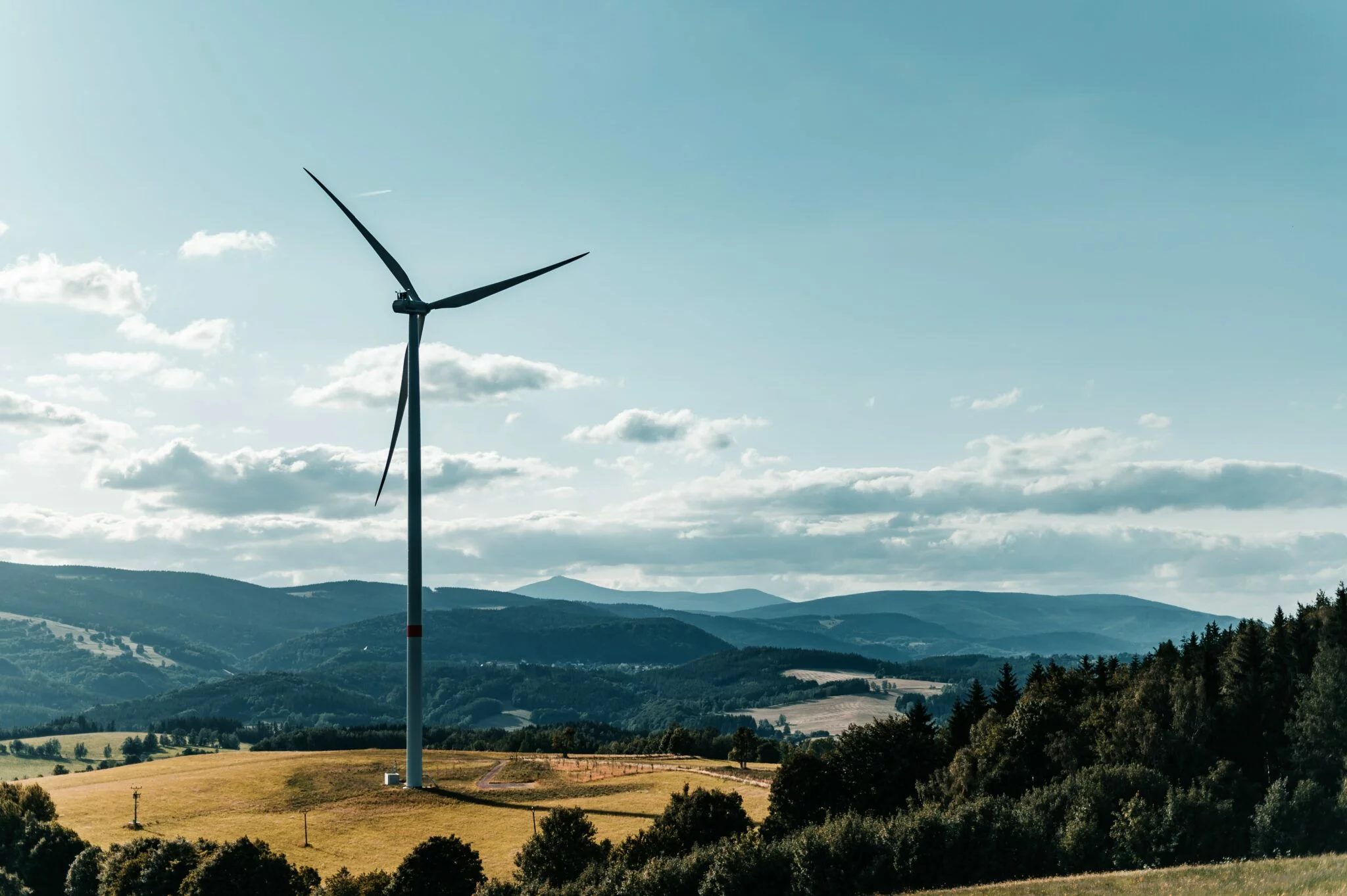- The measure, if approved, will force EU businesses to pay a carbon levy for goods they import from outside the bloc.
- The problem is that some nations might not want to go down the carbon neutrality route as fast as the EU.
- John Kerry, the U.S.′ top climate envoy, said earlier this year he had concerns about the proposal and that it should be used only has a “last resort.”
The European Union’s proposed carbon pricing rules could hit a major snag in the form of China and the U.S., but one expert predicts it will still possible to convince the economic superpowers to get onboard using a series of cautious steps.
The EU said in July that it wants to impose a carbon border adjustment mechanism — also referred to as CBAM. The measure, if approved, will force EU businesses to pay a carbon levy for goods they import from outside the bloc. In essence, it aims to incentivize other places with less stringent emissions rules to reduce their carbon footprints or else risk losing some business.
The problem is that some nations might not want to go down that route; or at least not as fast as the EU, which is aiming to cut its greenhouse gas emission by 55% from 1990 levels by the end of 2030. China, India, South Africa and Brazil said in April they had “grave concern” regarding the EU’s intentions for a carbon tax, calling it “discriminatory.”
Tim Gore, member of the Institute for European Environmental Policy, a think tank, told CNBC in July that the CBAM “has very big implications, of course, for countries which are exporting into the EU market.”
As such, he said the EU will have “to invest in serious dialogue” with those countries to bring them on board. He said one of the ways to achieve this is “to make sure the revenues that will be generated are returned to those countries to support their low carbon transition.” He said this would be particularly useful for poorer countries, that are looking to increase their cash positions.
China and the U.S. have different economic realities
But China is not necessarily in this category and nor is the United States, which has also raised eyebrows over the EU’s plan. John Kerry, the U.S.′ top climate envoy, said earlier this year he had concerns about the proposal and that it should be used only has a “last resort,” suggesting that other steps could be taken to reduce global emissions.
Gore, from the Institute for European Environmental Policy, believes that competition to be the world’s leading economy will be the solution to any conflict with the EU’s climate plans.
“Both those economies [the U.S. and China] know as well that the EU here is making a serious down payment on advancing into this new low carbon economy. So irrespective of the international climate negotiations, those governments will be looking at their own economies and saying where is the competitive edge in the next 10 to 20 years,” Gore said via Zoom, while adding that Beijing and Washington will want to make sure they will not be left behind in the race to carbon neutrality. As long as industrial installations outside the EU are not subject to similarly ambitious measures, these efforts can lose their effect.
A Brussels-based think tank, Bruegel, also said in a blogpost last month that the EU should ensure that international talks over its carbon tax plan happen at the World Trade Organization. This approach would likely reduce future trade disputes in this space.
Either way, the EU seems intent in pursing this policy.
The European Commission, the executive arm of the EU, decided to put forward the CBAM proposal despite the concerns raised by some international partners. The institution believes the policy is essential to prevent “carbon leakage” — the idea that companies operating in Europe would shift their production to places with less restrictive emissions policies.
“As long as industrial installations outside the EU are not subject to similarly ambitious measures, these efforts can lose their effect,” the EU’s economic commissioner, Paolo Gentiloni, said in July about the need to impose the CBAM.
As a result, the 27 EU member states and the European Parliament are assessing the proposal. But this legislative process could take up to two years to be fully implemented into law.
“We are already too late in moving on climate change. We can see this summer, extreme weather events all around the world,” Bob Ward, from the Centre for Climate Change Economics and Policy in London told CNBC last week.
He added that “this is going to continue to get worse for at least the next three decades till we get to net zero as a world.”
“We need an orderly but accelerated transition towards net zero emissions,” he said.
By Silvia Amaro
This article was originally shared by CNBC.






